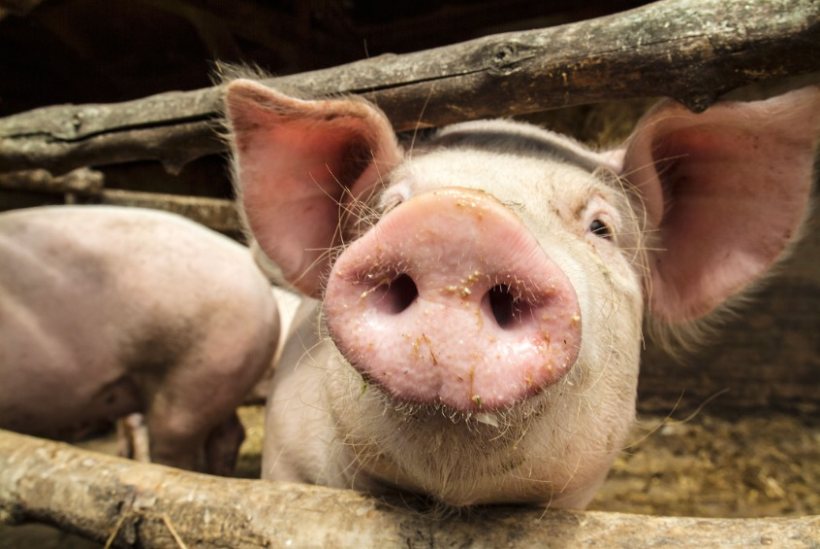
UK pig prices have continued to increase to a new all-time record, as tight supplies and strong EU prices continue to drive the pig price forward.
The EU-spec SPP increased by a further 1.12p to reach 212.53p per kg during the week ended 18 March.
The National Pig Association (NPA) said this figure would, in the past, have been "unimaginable".
It follows the previous week’s 1.66p rise and means the index has now gained more than 12p in the space of just 10 weeks this year to stand at nearly 71p ahead of a year ago.
The NPA said that along with lower input costs, many pig producers were now starting to return a profit on their production.
However, the industry body warned that there was still a "very long way to go to claw back the losses of the past two years".
Recent figures published by Defra show that England alone has lost one-fifth of its female breeding pig herd following the industry's heavy financial losses.
Elsewhere, prices in Europe have been moving up at record pace, as tight supplies combine with steady domestic demand and higher retail prices, along with reasonable export sales, and the trend is continuing, albeit at a slower rate.
After gaining 21p during February, the EU reference price has risen by a further 3.7p during the first two weeks of March to stand at 202.68 during the week ended 12 March.
While prices were generally more static elsewhere, big gains continue to be recorded in Spain and France.
The gap between the EU and UK reference prices now stands at just 7.7p, well below typical levels. In late-January, the gap was nearly 30p.
AHDB estimates, which are sometimes subject to revision, continue to show GB slaughtering levels massively below the numbers of 2022 and 2021.
Estimated slaughterings during the week ended 18 March, at just 153,050 were fractionally up on the week but, more significantly, 40,000 below 2022 levels and 36,000 below the 2021 figure, similar to the previous week.
